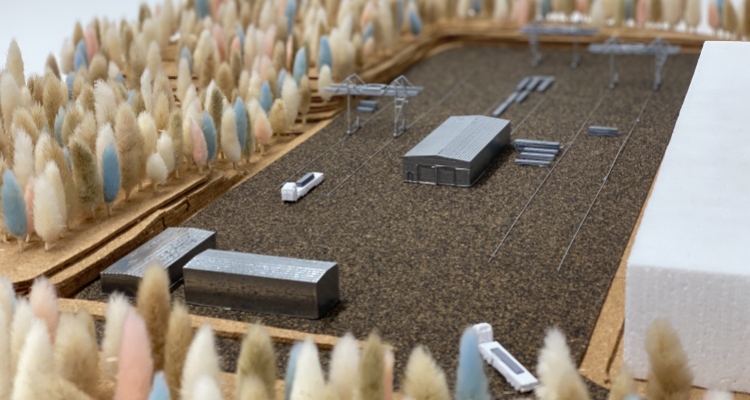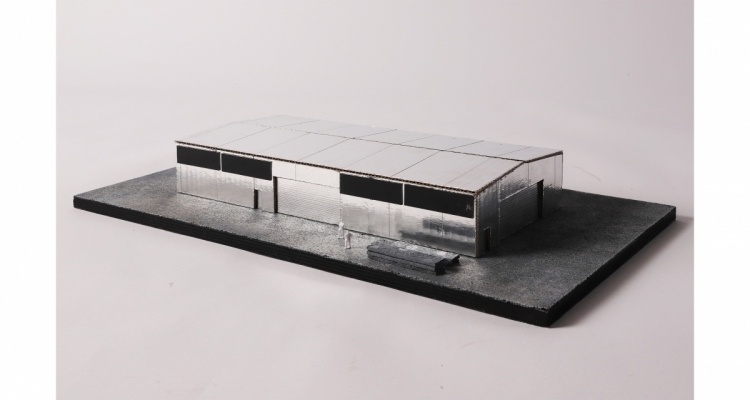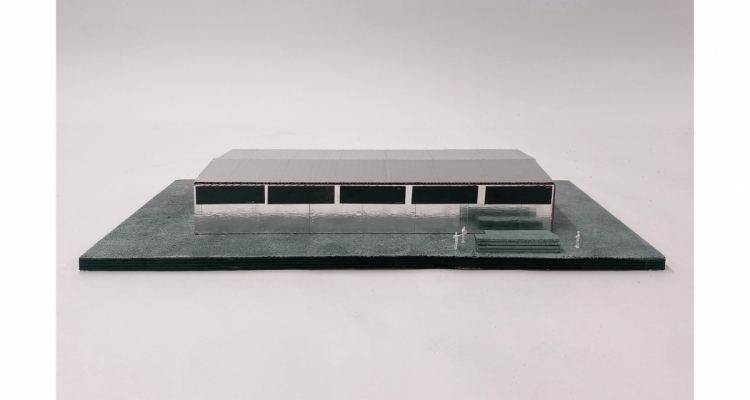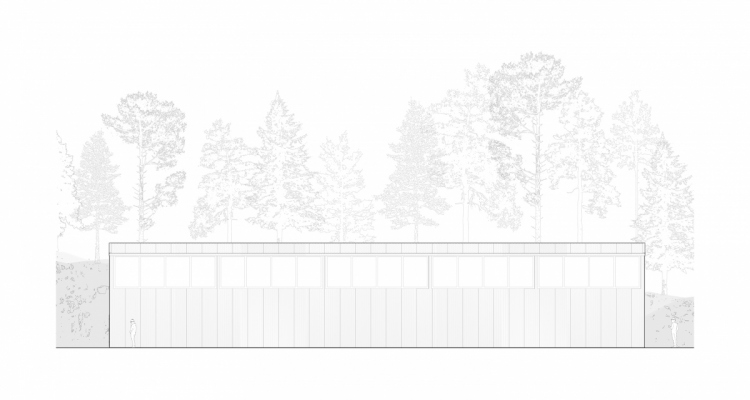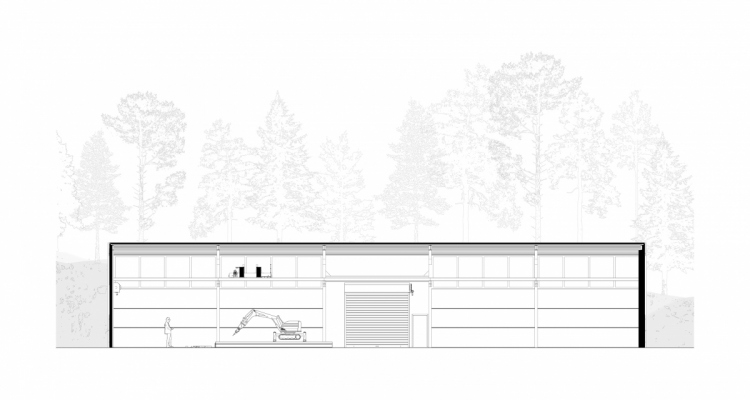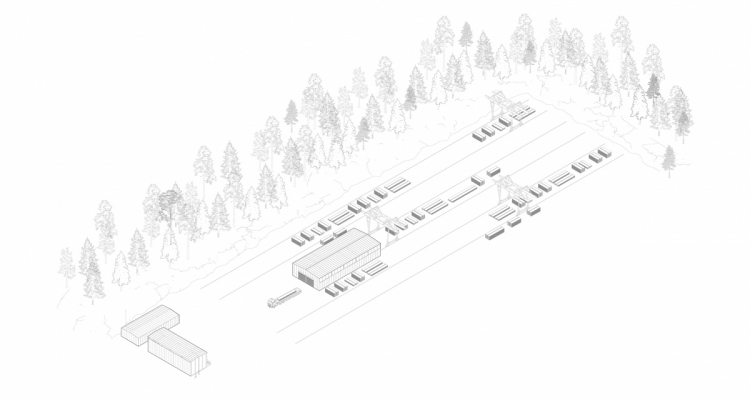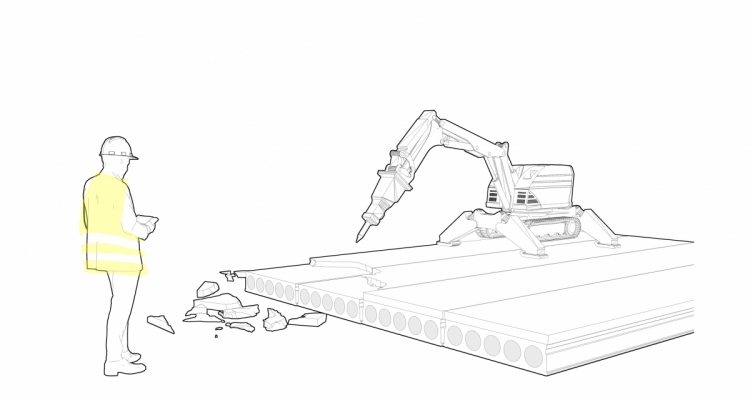Diploma project
Autumn 2023
Institute of Architecture
In this diploma, I have investigated the current situation regarding reuse of large building materials, specifically hollow core elements, and how to better facilitate for reuse in the near future. The project has taken into consideration feedback from the industry, such as challenges, possibilities and wishes, and has resulted in a facility for reuse of hollow core elements.
The cement and concrete industry in Norway generates a significant amount of building waste and CO2 emissions. Concrete is one of the most widely used building materials, and the production of cement, which is a key component in concrete, is responsible for large quantities of CO2 emissions yearly. In fact, 90% of the CO2 emissions from concrete production are attributed to the manufacturing of cement. In Norway, the construction industry accounts for 25% of the country’s total waste, amounting to around 2,840,000 tons. Of this, 855,000 tons are composed of concrete and brick materials. This substantial waste generation highlights the need for the development and implementation of effective waste management practices within the industry, particularly focusing on the reuse of concrete elements from demolished or refurbished buildings.
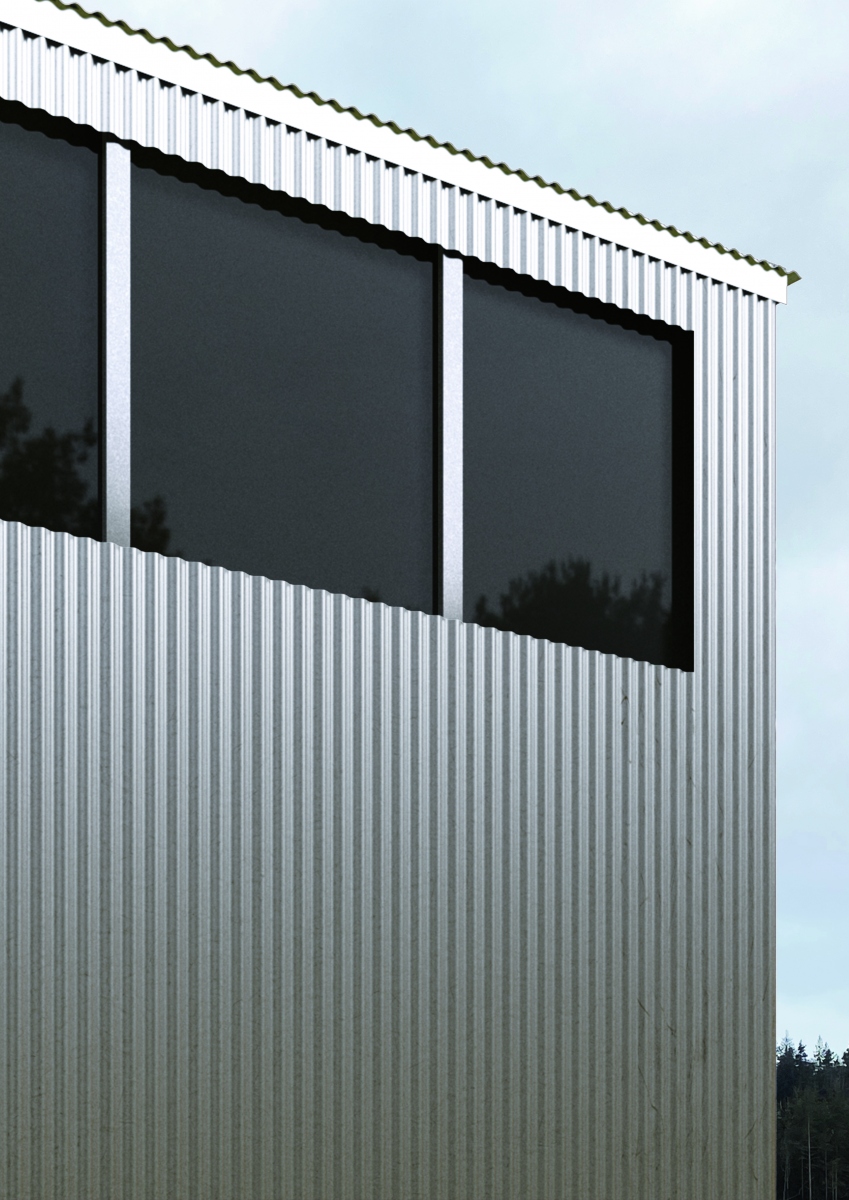
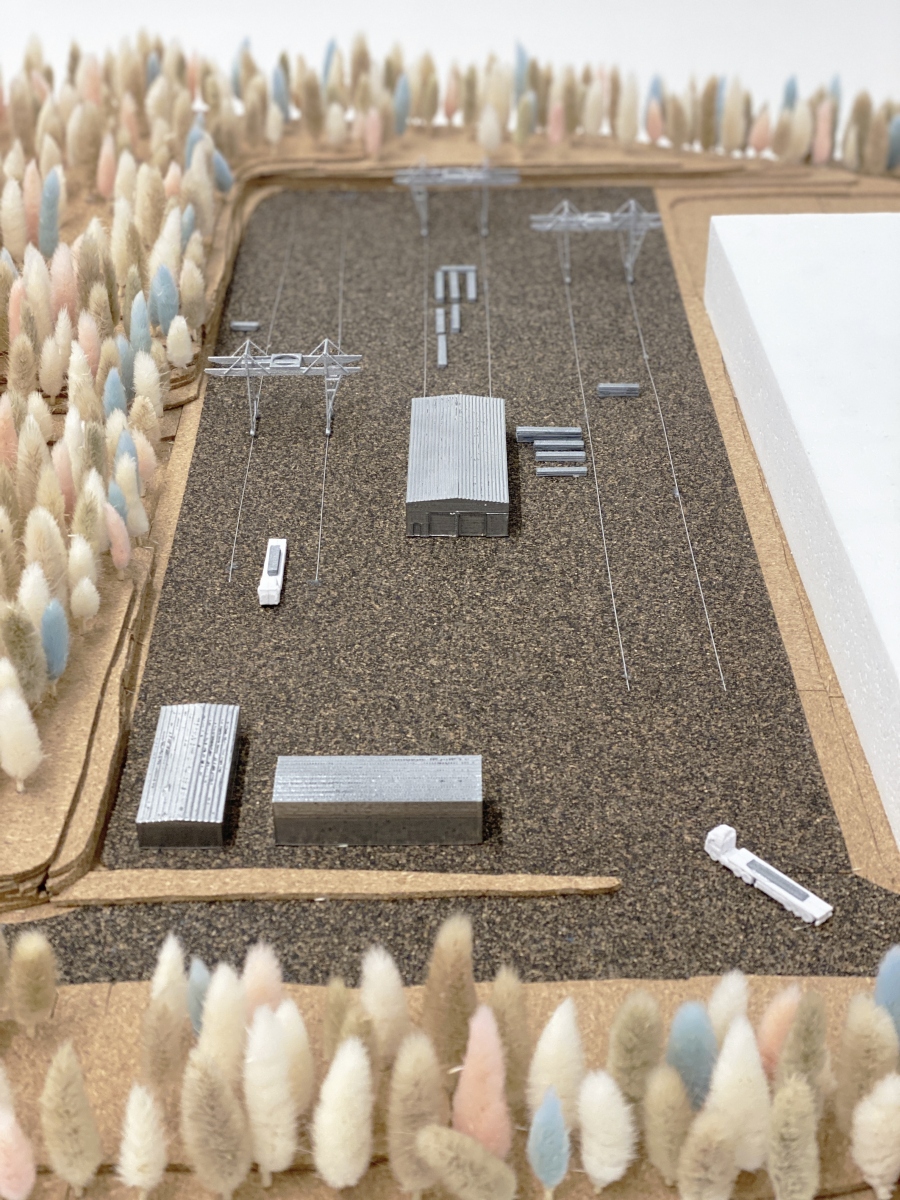
After the hollow core elements arrive at reuse facility, the elements will undergo steps towards being prepared to be used as building materials in new buildings. The first step is an initial visual inspection to look for damages. The second step is to clean the hollow core elements for concrete residual from toppings or joint casts. The third step is fullscale tests of a percentage of the batch of hollow core elements. This involves taking core samples, aswell as testing to breakage. The final step is to modify elements to size, label and catalouge, before storing them at the site, using permanent gantry cranes for efficient moving and stacking.

Robin Haugaas / robinhaugaas@gmail.com
